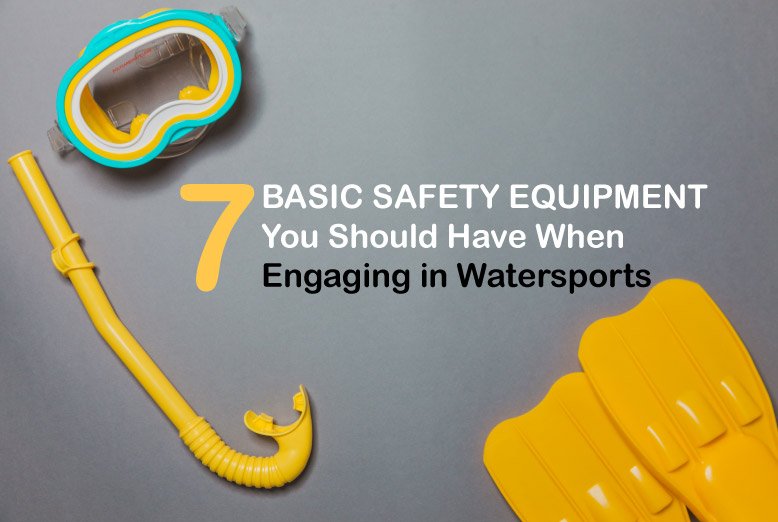Watersports have been a popular and thrilling activity for people of all ages for decades. The allure of watersports lies in the adrenaline rush, the connection with nature, and the sense of freedom they provide. Whether it’s the excitement of riding the waves while surfing, the tranquillity of kayaking on a serene lake, or the rush of speed while jet skiing, watersports offer a unique and unforgettable experience.
Engaging in these activities allows individuals to escape the stress of daily life, bond with family and friends, and embrace the sheer joy of being in the water. However, it is crucial to remember that while watersports can be exhilarating, safety should always be a top priority.
Why Safety is Vital When Participating in Watersports
Participating in watersports, though fun and exhilarating, comes with inherent risks. The ever-changing nature of water bodies and the potential for unpredictable weather conditions demand a responsible and cautious approach. Accidents can happen suddenly and unexpectedly, making it essential for every watersport enthusiast to prioritise safety. By adhering to safety guidelines and equipping themselves with the right gear, individuals can ensure a memorable experience without compromising their well-being.
7 Important Safety Gear Basics for Watersports
1. Life Jackets: The Non-Negotiable Essential
Life jackets, also known as personal flotation devices (PFDs), are non-negotiable safety gear for anyone engaging in watersports. Whether you are a proficient swimmer or a beginner, wearing a life jacket significantly increases your chances of survival in case of an accident. Choose a life jacket that is the right size and type for your chosen activity, and always ensure that it is properly fastened before venturing into the water.
2. Helmets for Water Activities
While life jackets are essential for activities in deep waters, helmets are crucial for sports involving high-speed movements or potential head injuries, such as jet skiing, wakeboarding, or river rafting. A helmet can protect you from collisions with rocks, other watercraft, or the equipment itself. It’s essential to wear a well-fitted helmet that meets safety standards for your specific watersport.
3. Wetsuits and Rash Guards
Depending on the location and weather conditions, wetsuits or rash guards can be essential safety gear. These garments not only keep you warm in colder waters but also protect your skin from potential abrasions and irritation. Additionally, they provide an extra layer of buoyancy, making them useful for weak swimmers.
4. Footwear Suitable for Water Activities
Proper footwear is often overlooked but can be crucial for safety in watersports. Rocks, shells, or hidden underwater hazards can cause injuries to your feet. Water shoes or neoprene booties provide the necessary protection and grip to keep your feet safe during water-based activities.
5. Whistles or Emergency Communication Devices
When engaging in watersports, it’s essential to have a way to communicate distress or call for help if needed. Whistles are simple and effective devices for alerting others nearby in case of an emergency. Alternatively, consider carrying a waterproof emergency communication device, such as a marine radio or a personal locator beacon (PLB), to signal for help in remote locations.
6. First Aid Kits
A well-stocked and waterproof first aid kit should be a part of every watersport enthusiast’s gear. Injuries can happen, and having the necessary supplies to address minor cuts, scrapes, or bruises can prevent them from escalating into more severe issues. Knowledge or background in Calgary first aid training would be extremely useful in dealing with serious injuries until emergency medical services arrive.
7. Leashes for Board Sports
If you’re into paddleboarding, surfing, or other board sports, a leash is a must-have safety accessory. Leashes keep you connected to your board, preventing it from drifting away in case of a fall or wipeout. This is especially important in areas with strong currents or crowded waters.
Conclusion
Watersports offer an exhilarating escape into nature’s playground, but they come with inherent risks that demand proper precautions. Safety should always be a priority when engaging in any water-based activity. By investing in essential safety gear such as life jackets, helmets, proper footwear, and communication devices, enthusiasts can ensure a thrilling and safe experience on the water. Remember, a few simple safety measures can make all the difference between a memorable adventure and a potential disaster.
ALSO READ: The Cheapest Sports Cars in 2023 that will give you more than Cheap Thrills















